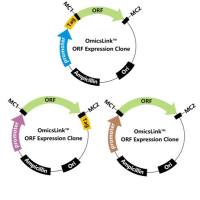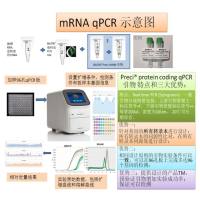The characterization of the antigenic and immunologic properties of lymphoid and hematologic neoplasms has dramatically increased our understanding of the biology of these diseases and at the same time greatly enhanced our diagnostic abilities. Immunophenotyping has helped delineate specific lineage aberrancies indicative of malignant transformation, such as monoclonality, in the form of light- and/or heavy-chain immunoglobulin restriction, or loss of pan-B or pan-T cell antigens, or aberrant crosslineage coexpression of antigens. Unique immunophenotypic profiles have now been described for most forms of lymphoma and leukemia. Classic Hodgkin’s disease, for example, has the singular combination of CD15 and CD30 positivity, in the absence of CD45 (
see
Fig. 1
). Additional examples are mantle cell lymphoma with its unique nuclear expression of cyclin D1, and hairy cell leukemia, characterized by coexpression of CD22 and CD1 1c, a monocytoid marker. Beyond its diagnostic utility, immunohistochemistry (IHC) may have prognostic significance reflecting the biologic behavior of these diseases; a case in point is CD 10 in large B-cell lymphomas, whose absence conveys a worse prognosis.
Fig. 1.
Classic Hodgkin’s disease phenotype. Reed-Sternberg cell (upper left) coexpressing CD 15 (upper right) and CD30 (lower right), in the absence of CD45 (lower left).






